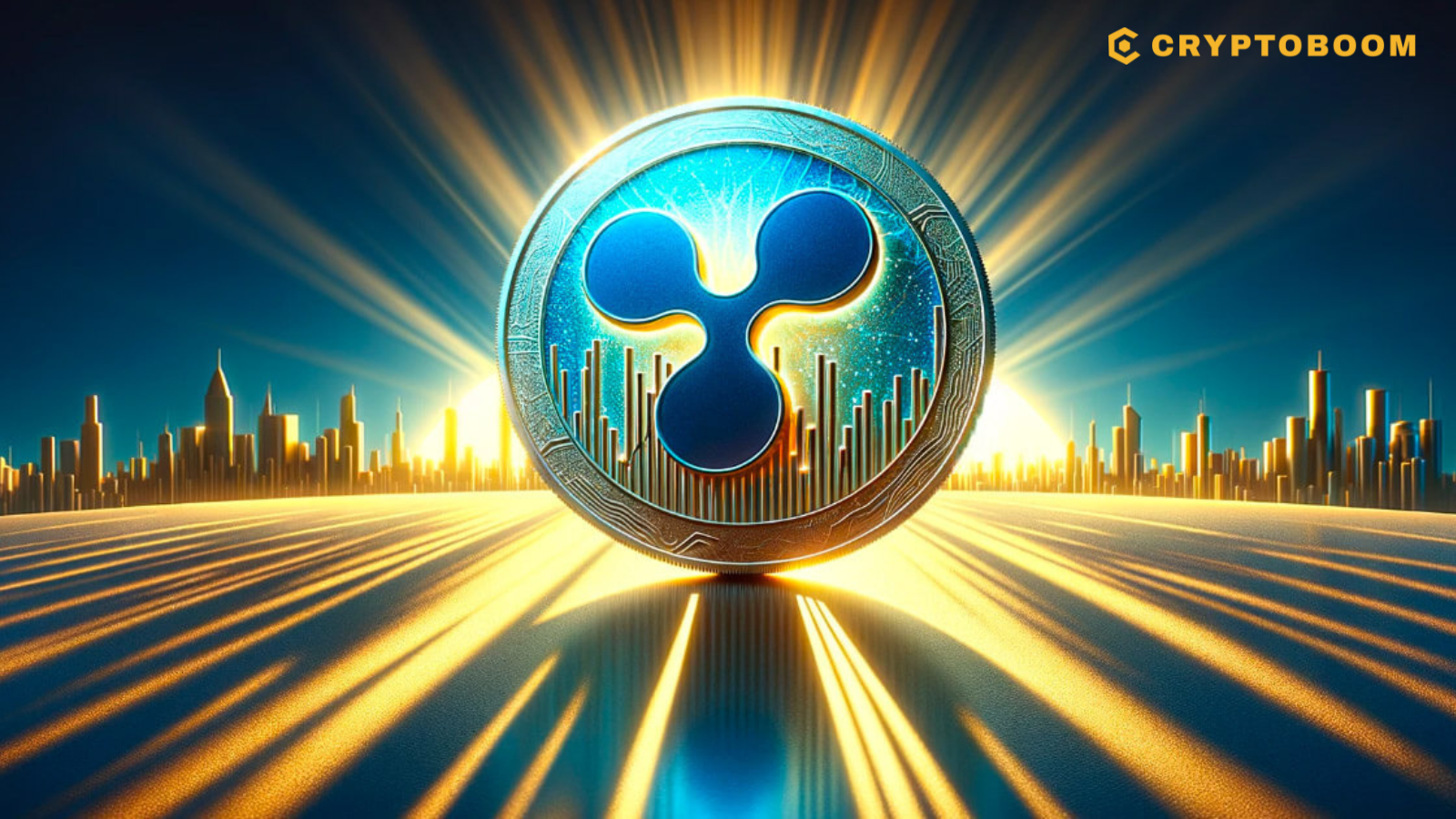Understanding Ripple and XRP is crucial for anyone navigating the complex world of cryptocurrencies. While these terms are often used interchangeably, they represent distinct entities with unique functions and roles within the digital currency ecosystem. Let’s unravel the differences between Ripple and XRP, shedding light on their individual characteristics and contributions to the crypto space.
What is Ripple?
Ripple is a centralized fintech company that aims to revolutionize global payment systems and remittances. Established in 2004 as RipplePay by software developer Ryan Fugger, the company underwent several name changes before rebranding as Ripple Labs in 2013 and later as Ripple. Unlike decentralized cryptocurrencies like Bitcoin, Ripple operates as a centralized entity, collaborating closely with banks and financial institutions to streamline cross-border transactions.
Understanding XRP
On the other hand, XRP is the native cryptocurrency utilized within Ripple’s ecosystem. It serves as a bridge currency for facilitating fast and cost-effective cross-border transactions. Launched in 2012 by Ripple Labs co-founders Chris Larsen and Jed McCaleb, XRP operates on its decentralized blockchain, the XRP Ledger (XRPL). Despite being closely associated with Ripple, XRP operates independently as an open-source digital asset.
Related Article: How Crypto Predictions Shape Market Trends
Differences Between Ripple and XRP
| Aspect | Ripple | XRP |
|---|---|---|
| Nature | Centralized fintech company | Decentralized digital asset |
| Purpose | Facilitate global payments and remittances | Act as a bridge currency for transactions |
| Control | Controlled by Ripple Labs | Operates on decentralized XRPL |
| Distribution | Issued and managed by Ripple | Pre-mined with fixed supply |
| Use Cases | Provides financial solutions | Used for transactions within RippleNet |
| Governance | Ripple determines policies and operations | Governed by XRPL consensus mechanism |
Bitcoin vs. XRP: A Comparative Analysis
Bitcoin and XRP represent two distinct paradigms within the cryptocurrency space. While Bitcoin pioneered decentralized peer-to-peer transactions, XRP offers a more efficient alternative for institutional payments. Here’s a breakdown of their key differences:
- Transaction Verification: Bitcoin utilizes a proof-of-work mechanism, relying on miners to validate transactions, whereas XRP employs a consensus protocol that requires agreement among trusted validators.
- Transaction Speed and Cost: XRP transactions are significantly faster and cheaper than Bitcoin transactions, and XRP settles transactions in seconds at minimal fees.
- Scalability: XRP boasts higher scalability, capable of handling up to 1,500 transactions per second, whereas Bitcoin’s transaction throughput is comparatively lower.
- Supply and Distribution: Bitcoin has a maximum supply of 21 million coins, distributed through mining, while XRP has a fixed supply of 100 billion tokens, with the majority pre-mined by Ripple Labs.
We're on Twitter, follow us to connect with us: @Cryptoboom
— Cryptoboom (@Cryptoboom29884) April 15, 2024
Future Outlook
While Ripple and XRP are often used interchangeably, they represent distinct entities with unique functionalities. Ripple is a centralized fintech company focused on revolutionizing global payment systems, whereas XRP functions as a decentralized digital asset facilitating fast and cost-effective transactions within Ripple’s ecosystem. Understanding the differences between Ripple and XRP is essential for effectively navigating the dynamic landscape of cryptocurrencies. Whether you’re an investor, enthusiast, or industry professional, grasping these distinctions can help inform your decision-making process in the ever-evolving world of digital finance.













